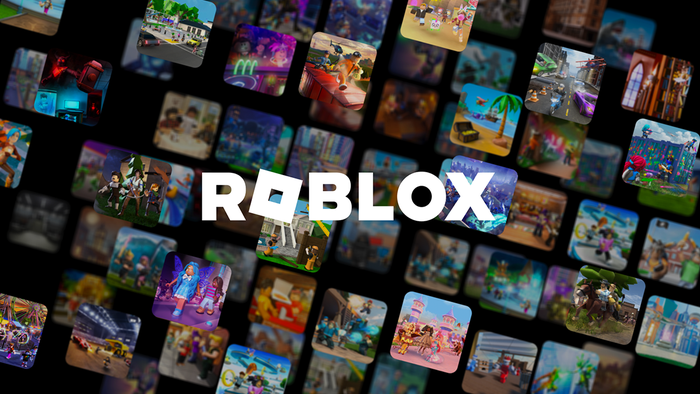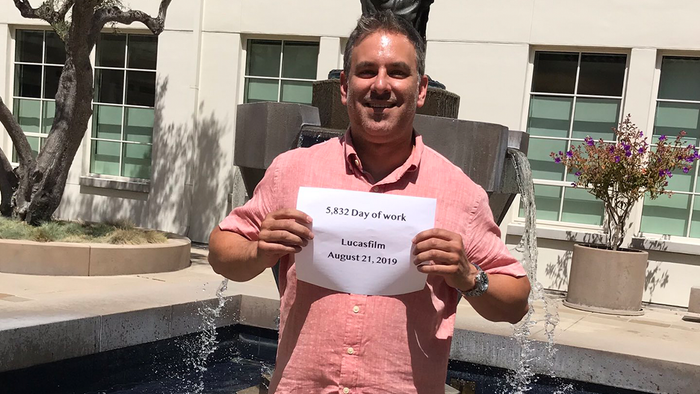
Featured Blog | This community-written post highlights the best of what the game industry has to offer. Read more like it on the Game Developer Blogs.
The Dark Side Of Early Access
In light of recent Early Access events, let's discuss crowdfunded game development and how to approach it

A couple of months ago I wrote a post on why I love Early Access games. In light of recent events, I want to discuss more in-depth the issues alpha-funded development presents, and rant about it.
You wake up on an island, you have no memory. You need to craft and survive. This is how most game developers approach their first project during a course in university.
It's no surprise so many Early Access-powered games follow this model. You get thrown into a sandbox and your goal is to survive. Be it fighting off waves of zombies, creepers, other people, dinosaurs -- the idea is the same. And it's something that most people come up with as their first game development project. Many seasoned developers or "business people" from the game industry will tell you why it's not a great idea to have such an open ended project as your first one.
Teams still do it though. Some more successful than others. Most approach it in an iterative fashion - or "open ended" development, which can be totally fine. You adjust to how the community interacts with the game, and identify what your next feature/update is based on that dialogue with the community. I believe this is a great example of just how dynamic the industry is - five years ago you wouldn't think it'd be possible.
The drawback of these new and different business models is that you can't go silent. You don't have the time to build things "properly". You need to constantly be active, constantly updating, constantly innovating. This usually means hiring some people, and increasing your burnrate. It also means putting yourself to risk of going under, because a lot of the time the younger teams assume you can finance development straight out of the paid alpha sales. This is not the case. You need to have a cash reserve. You will go over budget. You will have bad months. It's part of the business. It also doesn't help that you need to make everything super visible and transparent to your community - and to have iterative development cycles, vs planning out and building large systems.
We are constantly struggling with this during the development of SpeedRunners - sometimes you just need to do rewrite things properly, and end up encountering lots of dependencies along the way, forcing the update to take longer. Meanwhile the community gets anxious. Is the game abandoned? What's happening? We were able to minimize that because Casper and Gert-Jan from DoubleDutch work on different things in the game. Casper does a lot of design work, which has immediate impact on users, while Gert-Jan focuses on the back-end.
What do you do though when you hit limitations of the engine, and need to rewrite it? If you're a young team, you might mismanage that and end up getting your game pulled off sale during Early Access.
Or, if you have a company in San Francisco, where the average developer cost is $10k/mo, you might just cut your 5 year development plan into a rushed "v 1.0 release" on Steam.
I want to talk about Spacebase DF9. I don't want to talk bad about DoubleFine. I think it's phenomenal that they came out alive from the Activision lawsuit, that Brutal Legend ended up releasing, and that their Kickstarter set records and allowed them to do what they're doing now.
What I don't like is the mismanagement on how to approach Early Access development. From a pure mechanics point of view, why the heck wasn't Spacebase DF9 fun to play during it's launch? It had some core elements, it looked really nice, the performance / optimization was good. But the game wasn't fun.
It's just like Destiny. But Destiny released as a full product, while DF9 was Early Access. Tim explicitly states they've invested into the project on top of what it was making off sales, and they can't do it forever. What I would love to know is what kind of steps were taken towards making it sell better?
How did the team react to flattening sales, did they think to incorporate some Youtube-moments, that people would like sharing? How did they deviate from the plan?
We all know how much of an impact making your game Youtube-friendly makes.
One of the most popular videos on DF9 is by Nerdcubed and has only 400k+ views. I've watched all of it, and didn't feel the need to play the game afterwards.
This is where "marketing" and game design converge. People like to mark me as the marketing guy -- and it's the easiest way to describe what I do, but in reality on a day to day base, I make sure what the developers put into their games is interesting to the outside world, or that communication around it is clear and again, interesting.
Typically in a game dev team you'd have designers, producers, artists, developers, and the job of a producer is to make sure everyone knows what's going on, act as a project manager of sorts. You'd coordinate with an external team or company (the publisher's marketing department for example) on what kind of key art to use, what should be in the trailers, etc - and that'd be your extent of marketing-people involvement.
This changed with indie developers self-publishing. The users also changed. Now the subject of game development is a lot of the time more interesting than the games themselves. People are genuinely interested in how you're developing the games, what you're working on, and will reflect on it after seeing the result.
Think about it for a second. There are no centralized marketing departments, and users are genuinely more interested in the process than the result (or equally so). This is when you realize that "marketing" should be embedded into your "product".
It confused the shit out of me when I started a corporate job at Spil Games, and realized that the marketing department - while controlling all of the advertising budgets - wasn't at all involved in product development. Nor was content. Flash forward 2 years after I started there, and we had teams with content guys, developers, artists, and _marketing_ people in teams centralized around products. This is when www.A10.com became the fastest growing site in the company. I strongly believed teams should be multidisciplinal, incorporating marketing into the core.
I still believe this. This is how we approach game development and publishing at tinyBuild. We get involved in the development process -- as producers and marketing guys. And by doing so, we enable the games to focus on what's important, on what's going to be shared most, and hopefully on what's fun.
I don't know all the details behind DF9. I don't know behind-the-scenes facts about The Stomping Land. But I feel like the teams were simply missing someone with a marketing and production background in the teams. And this will have some long-lasting consequences in crowdfunded games. When a crowdfunded high profile game - from the most crowdfunded game development company since the inception of Kickstarter - shortcuts to a full release, due to lack of resources, it will echo through the industry. It's not good. I hope the folks at DoubleFine will find a way to prevent it.
About the Author(s)
You May Also Like









